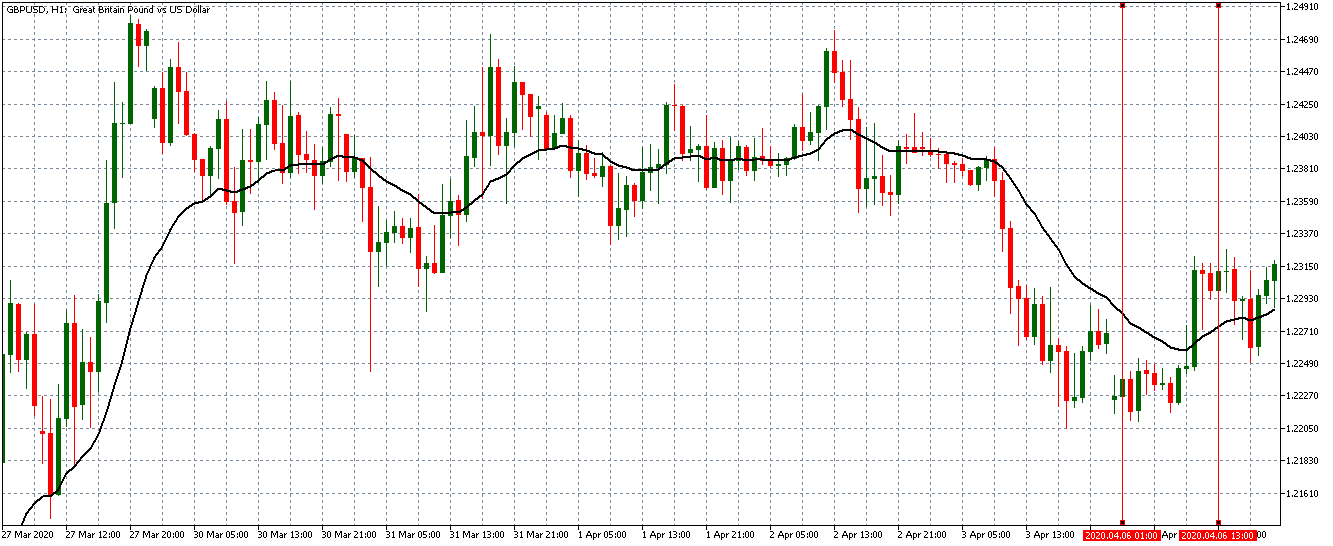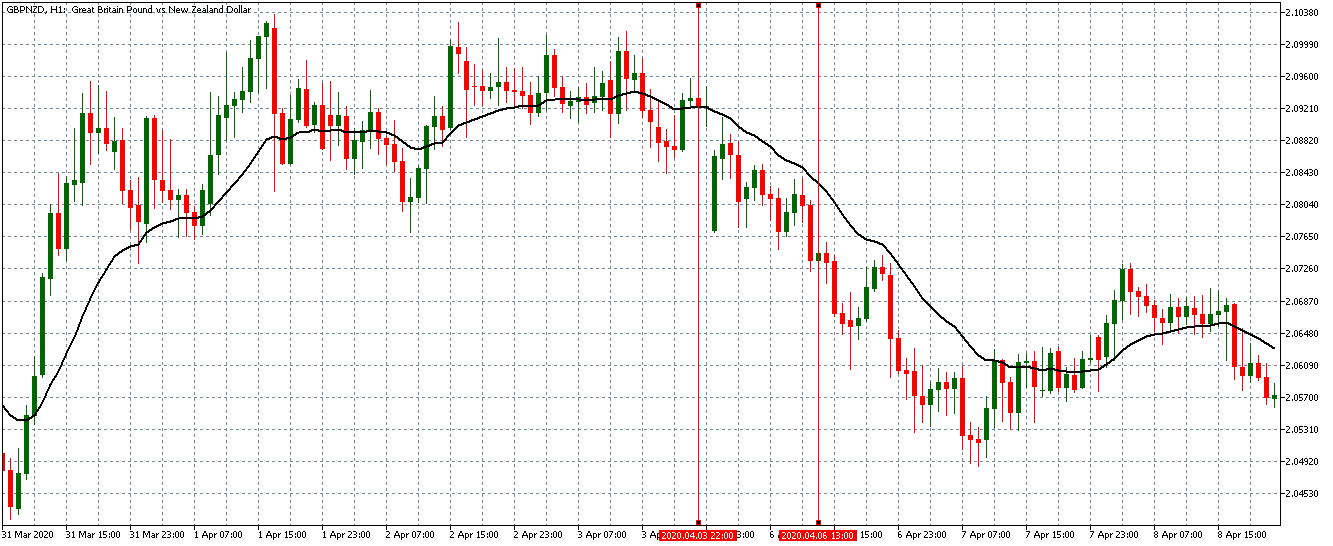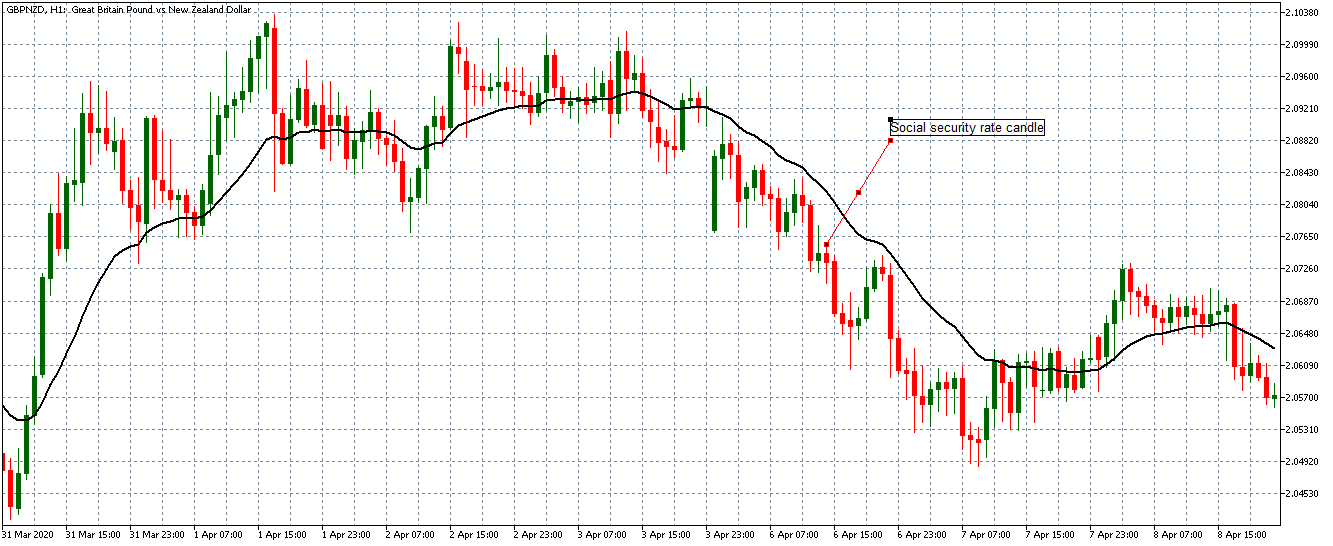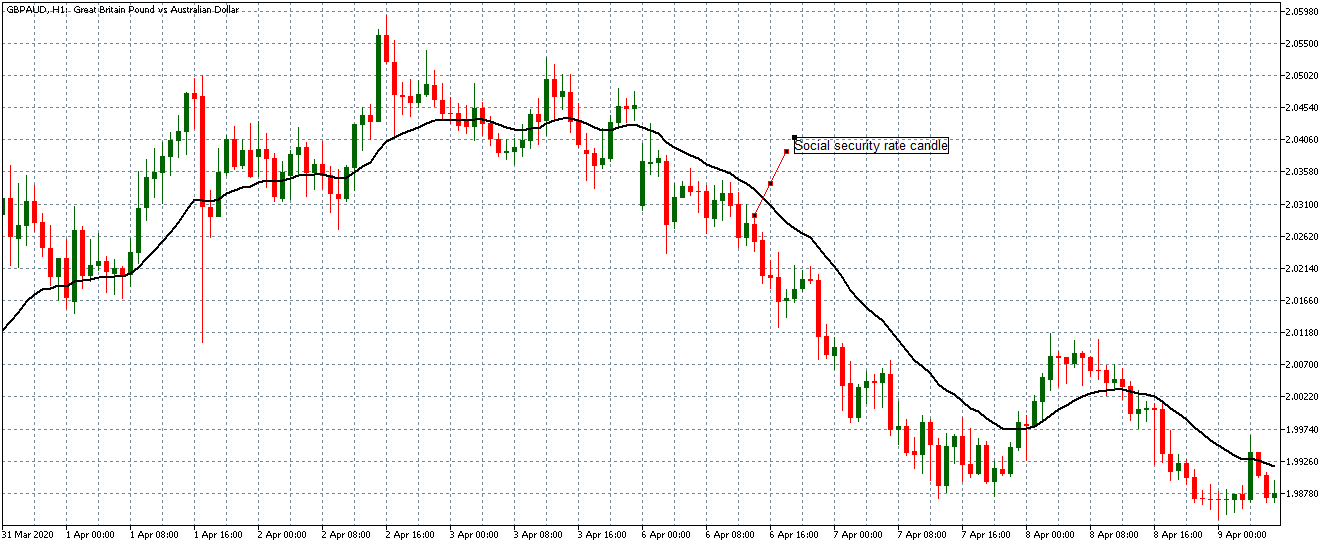Introduction
During the recent Coronavirus pandemic, the whole debate about social security has taken CenterStage. At a point in life, we all grow old. Since not everyone will go through life-saving for retirement, our main worry then would be; how to pay bills on time, how to provide for our families should we lose out jobs or become incapable of working.
Social security attempts to anticipate all this and offer practical solutions. So why should forex traders care about the social security rate? This article seeks to understand what impact of social security rate has on a country’s currency. To establish this, we first need to understand what it is and what it entails.
What is Social Security?
Social security has been given several definitions. In the UK, it is considered to be any form of monetary assistance from the government towards individuals who have inadequate or no income. In the US, social security is a federal program that is meant to provide retirees, the poor and the disabled with income and health insurance.
Thus, social security is the guarantee that a government gives to its vulnerable citizens that in the event they are exposed to a specific future risk, they will be looked after. The social security program, therefore, uses public resources to provide economic support for private citizens.
What is Social Security Rate?
This rate is the percentage of earnings that is charged on both the workers and their employers. It is used to fund the social security program.
How it is Calculated
Various countries have different mechanisms of arriving at the social security rate for both the employed and self-employed.
In the US, the social security rate is 15.3%. It is a combination of a 12.4% social security tax and Medicare tax of 2.9%. In 2020, the 12.4% social security tax is applied on everyone for all income up to $137,700; any amount earned beyond this threshold is exempt from the social security tax. The social security tax is deducted on an individual’s payroll through payroll withholding by the employer. This rate is split in half between the employee and the employer.
Therefore, an individual contributes 6.2% for social security and 1.45% of their earnings while the employer matches the other half. The employer then remits the withheld amount together with their contribution to the IRS. For those that are self-employed, since they are the employee and the employer at the same time, they have to pay both halves of the social security tax. In the UK, the social security rate is 14%. A comprehensive list of current and previous social security rates for every country can be found on the Trading Economics website.
Purpose of the Social Security
Conventional taxes are meant to be a revenue source for government expenditure or meant to be punitive. The social security tax is meant to a safety net for the contributors should they fall on hard times. It also functions as an economic guarantee for the most vulnerable in society. The chart below shows the dependency on social security benefits by various household income class in the US.
Source: AARP
Some of the benefits of the social security program include:
Retirement benefits
This offers workers and their dependents a replacement income for when they choose to retire. The earliest retirement age is 62 years. For one to be eligible for retirement benefits, they need to have worked for a minimum stipulated period. This period differs depending on the country. In the US, it is for ten years. The amount of money received largely depends on one’s lifetime earnings and the cost of living.
Disability benefits
Also known as disability insurance, the Social Security and Supplemental Security Income disability is meant to provide an income for the disabled. For one to be eligible, they need to have worked for a minimum number of years, depending on the age when the disability occurred.
Medical cover
This is the health insurance coverage that covers part of medical bills for ageing workers, people with permanent health conditions and those with disability.
Survivors benefits
This is meant to help those who are bereaved to cope
Social Security Rate and the Economy
The social security program differs in every country. However, in every economy, such programs are meant to provide stability to the households by providing a replacement stream of income, hence avoiding poverty. In the US alone, close to 56 million people are recipients of social security benefits.
Source: International Labour Organization
As shown in the chart above, higher expenditure in terms of social security corresponds to a higher GDP per capita. While some might argue that a higher social security rate reduces the amount of disposable income, the multiplier effect generated by the resultant social security benefits outweighs any short term loss.
It is worth noting that the families and individual who receive these benefits use the income to purchase goods and services. In 2019, it was estimated that the social security program injected over $1 trillion into the economy. Therefore, the presence of social security helps to maintain demand in the economy in times of crises and some cases, increase the demand.
The benefits of the social security program have a powerful multiplier effect within the economy. The businesses that receive this income from the consumers use it to increase production and hire more employees. These expansions, in turn, generate more revenue for the government to use in national expenditure while the earnings by the employees serve to create more consumption and increased savings.
How Social Security Rate Impacts Currency
As we have already established above, a higher social security rate creates a multiplier effect that generates more revenue within the economy. The strength of a country’s currency is a reflection of its economy. The growth in the national economy, therefore, corresponds to the appreciation in the value of the currency.
Conversely, lowering the social security rate will reduce the multiplier effect within the economy, which leads to shrinking of the national economic growth. For forex traders, lowering the social security rate could be a foreboding of a looming reduction in the national GDP growth, prompting expansionary monetary and fiscal policies. Therefore, in the long run, a low social security rate leads to the weakening of a country’s currency against other pairs.
How Social Security Rate News Release Affects The Forex Price Charts
Forex traders rarely pay any attention to the release of the new social security rates. This inattentiveness is because as an economic indicator, the social security rate is a low impact indicator. However, it is essential nonetheless to know how the news release of the social security rate affects the price action of different pairs.
In the UK, the national government through the Department for Work and Pensions sets the social security rate and is reviewed annually. A breakdown of the UK social security rate can be found HM Revue and Customs website. It should be noted that for the past 25 years, the US government has not changed the social security rate, as can be seen here. Below is a screengrab from the Trading Economics’ website on the UK and US social security rates.
UK social security rate

US social security rate

In the latest release on April 6, 2020, around 1100 GMT, the UK government revised the social security rate upwards from 12% to 14%. Now, let’s see how this news release made an impact on the Forex price charts.
GBP/USD: Before social security rate release April 6, 2020
We plotted a 20-period Moving Average on a one-hour GBP/USD chart. As can be seen on the chart above, the pair is in recovery with the candles crossing over the 20-period Moving Average and subsequently forming above it.
For the GBP/NZD and GBP/AUD pairs, the market is in a general downtrend before the announcement of the hike in the social security rate. This trend is evidenced by the subsequent candles forming below the 20-period Moving Average, as shown in the charts below.
GBP/NZD: Before social security rate release April 6, 2020,
GBP/AUD: Before social security rate release April 6, 2020
For forex traders, going long on the GBP/USD wile short on the GBP/NZD and GBP/AUD pairs would have been an excellent trading opportunity since the prevailing market trends would favour them.
Let us now see if the release of the new social security rates changed the market trend for these pairs.
GBP/USD: After social security rate release April 6, 2020
In theory, raising the social security rate should be positive for the GBP. Bust, as can be seen in the GBP/USD one-hour chart, the news release, did not have any impact on the pair to change the market trend significantly. The lack of impact can be observed for the GBP/NZD and the GBP/AUD pairs as shown by the charts below.
GBP/NZD: After social security rate release April 6, 2020
GBP/AUD: After social security rate release April 6, 2020,
Whereas the social security rate plays a significantly important role in the overall economy and the GDP, it is apparent that its impact in the forex market is negligible.









